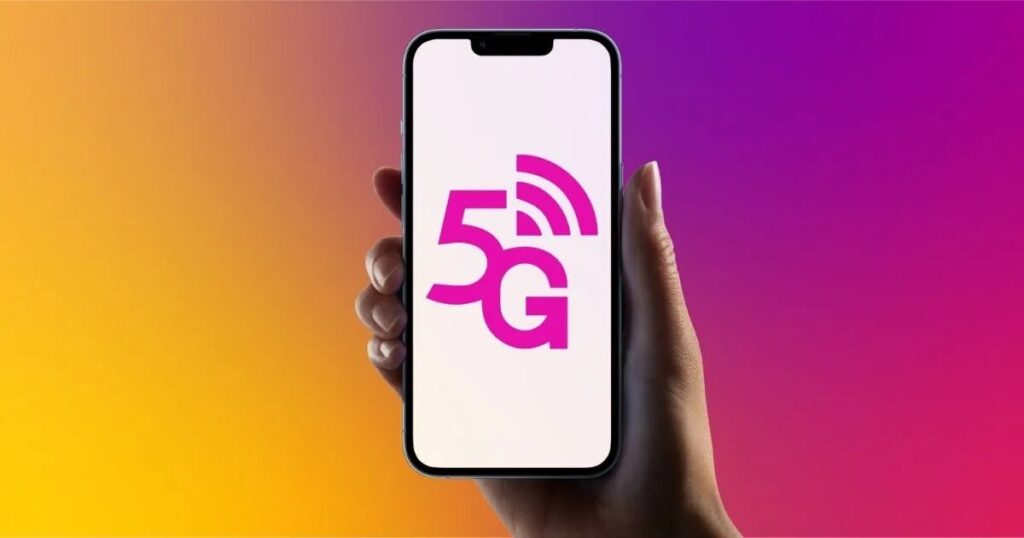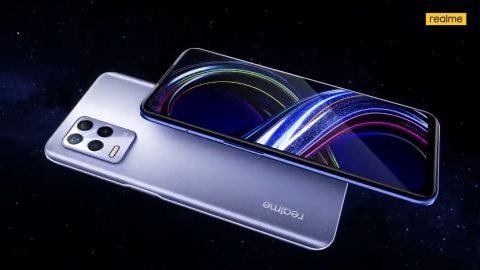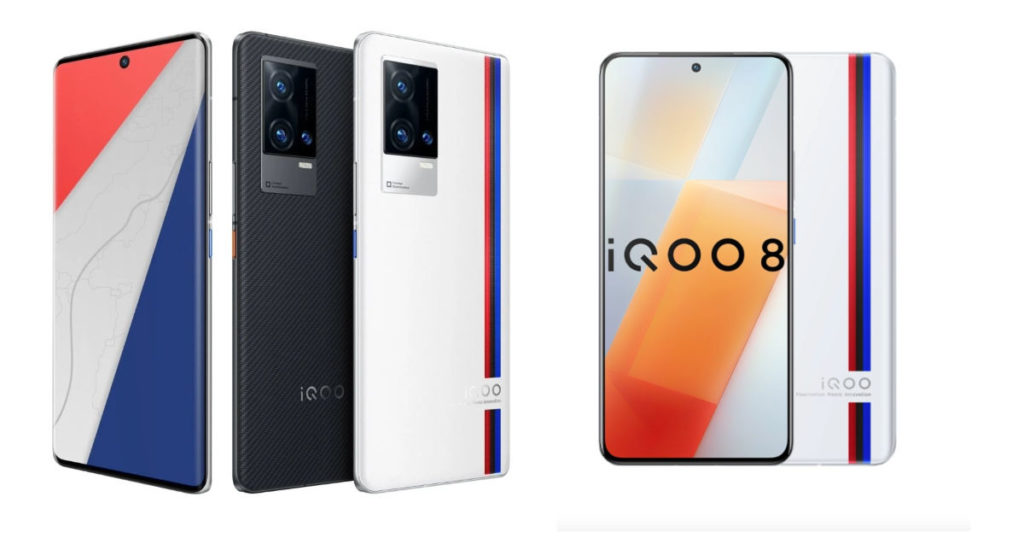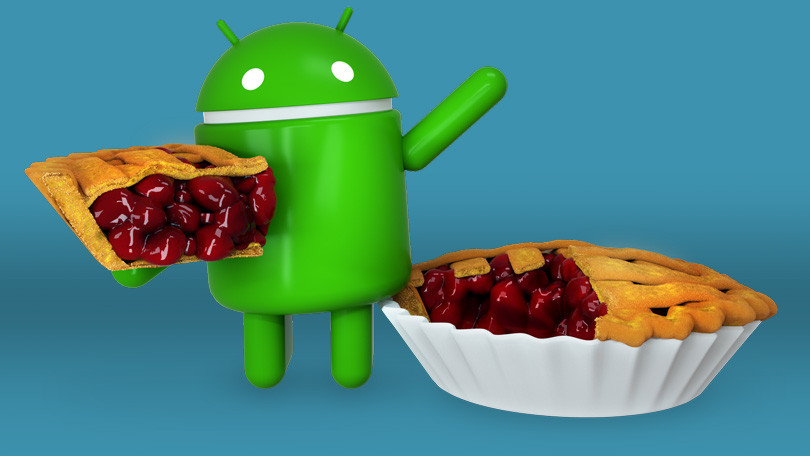Smartphones above Rs 10,000 to be 5G enabled soon
Representatives of mobile phone manufacturing firms held a meeting with top government officials on Wednesday and assured them that they would gradually discontinue production of 4G phones priced at Rs 10,000 and above and are going to switch to 5G enabled phones.

Top officials from the Department of Telecommunications (DoT) and the Ministry of Electronics and Information Technology (also known as MeitY) met with mobile operators and smartphone manufacturers, telling them to launch 5G services with 5G enabled smartphones within three months.
Highlights
- Smartphones estimated to cost more than Rs 10,000 will soon switch to 5G.
- The government met with mobile operators and smartphone manufacturers.
- Bharti Airtel has initiated launching 5G in eight cities.
On Wednesday morning, top officials from both ministries met with representatives from the country’s mobile operators and smartphone manufacturers. On the condition of anonymity, a smartphone company official told ANI that smartphone makers will gradually shift to 5G phones priced at or above Rs 10,000.
According to him, India has approximately 750 million mobile phone users and among which, 100 million subscribers have 5G-ready phones, but more than 350 million people use phones that are only 3G-4G compatible. He stated that they have informed the ministry that our company will gradually phase out 3G-4G compatible phones priced above Rs 10,000.
The meeting, which lasted more than an hour, was attended by top executives from smartphone manufacturers such as Apple and Samsung, as well as telecommunication operators, to discuss issues related to providing seamless access to 5G services.
Another official from a smartphone company told ANI that the meeting was called to fine-tune the relationship between mobile operators and smartphone manufacturers in which Smartphone manufacturers agreed to begin testing their devices together with mobile operators providing 5G services.
He clearly asserted that over 100 million subscribers in India have 5G-ready phones already, but many devices, including Apple, are not compatible with 5G services at this time. We will figure out the problem that consumers with 5G phones are experiencing once we begin testing, according to the official.
The official stated, “Once we begin the testing, we will determine the issue that 5G phone users are experiencing.”
Source: timesnownews.com
Bharti Airtel has officially started 5G implementation in eight cities which are Delhi, Mumbai, Chennai, Bengaluru, Hyderabad, Siliguri, Nagpur, and Varanasi, while Jio has finally started beta trials in Delhi, Mumbai, Kolkata, and Varanasi.
The agenda of this meeting consisted of a discussion regarding preparing customers’ handsets for 5G services launched on 5G networks by telecom service providers.
The meeting also addressed handset manufacturers’ and telecom service providers’ active participation in rolling out several software FOTA upgrades for all 5G handsets. It was also decided to prioritize software upgrades for early 5G implementation in the country.
Qualcomm also stated that it will collaborate with some of the leading smartphone manufacturers to enable 5G in their devices by 2019. Qualcomm is collaborating with these companies to bring 5G smartphones to market. In addition, the company has developed 5G New Radio (NR) technology, which will allow for faster and more efficient 5G connectivity. Qualcomm has also created a 5G modem known as the Snapdragon X50.

I am a student pursuing my bachelor’s in information technology. I have a interest in writing so, I am working a freelance content writer because I enjoy writing. I also write poetries. I believe in the quote by anne frank “paper has more patience than person





